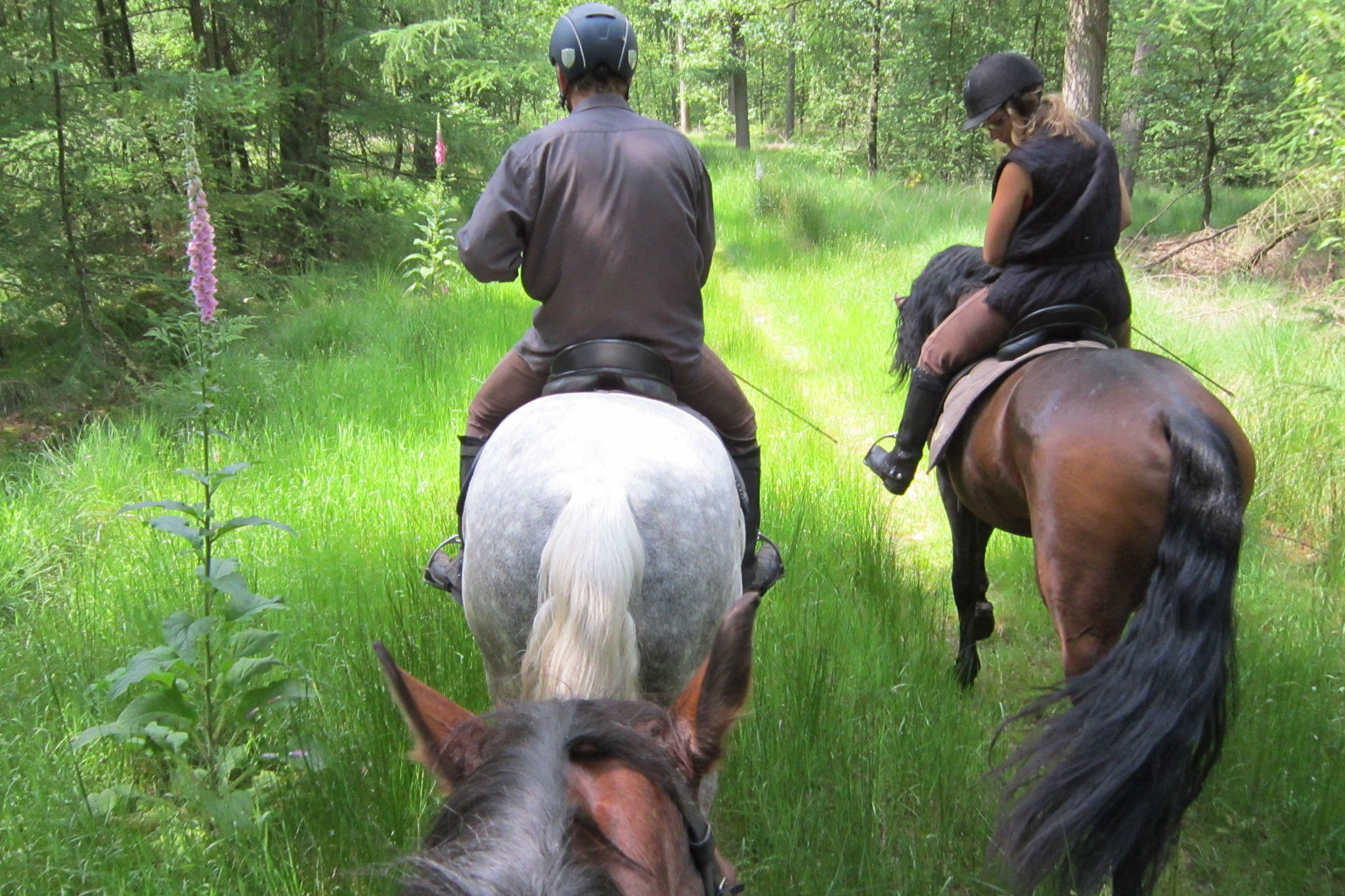Trail riding isn’t just about traversing scenic paths—it’s a thrilling journey of exploration and bonding between you and your equine companion. Yet, amidst the excitement of hitting the trails, safety should always remain a top priority. In this comprehensive guide, we’ll delve into nine crucial safety measures to guarantee a secure and pleasurable experience for both you and your horse during your trail adventures.
1. Plan Your Route Carefully:
Delving into the world of trail riding demands meticulous planning. Take the time to research potential trails, considering factors such as terrain, elevation changes, and any obstacles you may encounter. Opt for trails that match both your riding expertise and your horse’s capabilities. Be sure to obtain maps or utilize GPS devices to navigate effectively and avoid getting lost in unfamiliar surroundings.
2. Check Your Equipment:
Your and your horse’s safety hinges on the condition of your riding gear. Regularly inspect your horse’s tack—saddle, bridle, girth, and reins—for signs of wear and tear. Similarly, ensure your own safety gear, including your helmet and riding boots, is in optimal condition and properly fitted. Investing in high-quality, well-maintained equipment is paramount to a safe and comfortable ride.
3. Warm Up Your Horse:
Just like athletes, horses benefit from a proper warm-up routine before hitting the trails. Begin your ride with gentle stretches and groundwork exercises to loosen your horse’s muscles and joints. This preparatory phase not only reduces the risk of injuries but also primes your horse for the physical demands of trail riding.
4. Stay Alert and Aware:
On the trail, heightened vigilance is your best defense against potential hazards. Maintain a keen awareness of your surroundings, scanning for uneven terrain, low-hanging branches, and wildlife. Additionally, stay attuned to your horse’s behavior and body language, as they may signal discomfort or apprehension. By staying alert and responsive, you can mitigate risks and ensure a safe journey.
5. Ride with a Buddy:
There’s safety in numbers—whenever feasible, opt to ride with a companion or in a group. Riding in company not only enhances the enjoyment of your adventure but also provides added security in case of emergencies. Establish clear communication protocols and stick together as a cohesive unit to ensure everyone’s safety on the trail.
6. Pack Essential Supplies:
Preparation is key to handling unforeseen circumstances on the trail. Pack essential supplies such as water, snacks, a first aid kit, a hoof pick, and a multi-tool for minor repairs. Additionally, carry a cell phone or two-way radio for communication in case of emergencies. Tailor your supplies to the weather conditions and terrain to ensure you’re adequately equipped for any eventuality.
7. Know Your Limits:
Honesty is crucial when assessing your riding capabilities and your horse’s readiness for the trail. Avoid trails that exceed your skill level or pose undue risks to your safety. Instead, opt for routes that align with your expertise and gradually challenge yourself as you gain experience and confidence.
8. Respect Trail Etiquette:
Upholding trail etiquette is not only courteous but also essential for maintaining safety on shared pathways. Yield to pedestrians, cyclists, and other trail users as appropriate, and pass fellow riders safely and considerately. Leave no trace by packing out any waste and minimizing your impact on the environment, ensuring a positive experience for all trail users.
9. Listen to Your Horse:
Your horse’s well-being should always take precedence during trail rides. Pay close attention to their demeanor, energy levels, and any signs of discomfort or fatigue. If your horse exhibits signs of stress or exhaustion, take a break, and allow them time to rest and recuperate. Trust your instincts and err on the side of caution to ensure a safe and enjoyable experience for both you and your equine partner.
Trail riding offers a unique opportunity to connect with nature and forge lasting memories with your horse. However, safeguarding your well-being and that of your horse is paramount to enjoying a successful trail riding excursion. By adhering to these nine safety tips and maintaining vigilance on the trail, you can embark on your adventures with confidence, knowing you’ve taken the necessary precautions to ensure a secure and enjoyable ride.

Being a Senior Veterinarian with a focus in Surgical Oncology, Dr. Stephen Burton brings a wealth of knowledge and commitment to his job. His rise to prominence in veterinary medicine began in academia and continued to the forefront of clinical care innovation.
Subscribe my Newsletter for new blog posts. Stay updated from your inbox!










